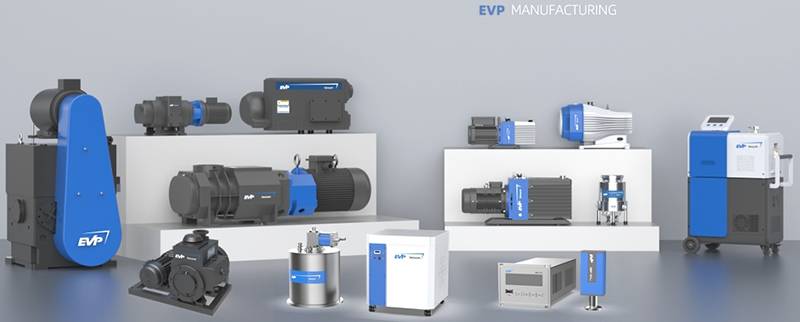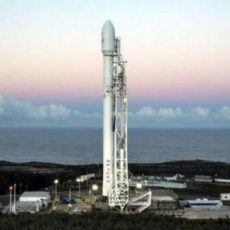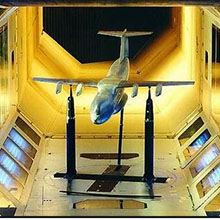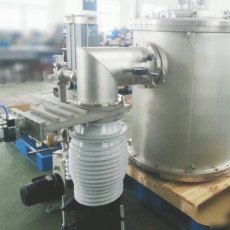Vacuum Pump Selection in Gear Vacuum Quenching
The pressure requirements for gear vacuum quenching and the selection of vacuum pumps depend on material properties, process stages, and equipment performance. Below is a detailed analysis:
I. Pressure Requirements for Gear Vacuum Quenching
1.1. Conventional Materials (e.g., Alloy Structural Steel, Stainless Steel)
a.Basic vacuum degree: usually needs to reach 10^-2mbar ~10^-5mbar range to avoid oxidation and decarburization.
b.High-demand materials (such as titanium alloys, high-temperature alloys): require a higher vacuum degree (such as 10^-5mbar or lower) to prevent the formation of brittle phases.
1.2. Process stage control
a.Preheating/degassing stage: The initial vacuum can be set to 10^-2mbar to remove the surface adsorbed gas.
b.Heating stage: When heating, it is necessary to maintain 10^-4mbar~10^-5mbar) to ensure no oxidation at high temperature.
c.Cooling stage (gas quenching): Inert gas (such as nitrogen or argon) is introduced, and the pressure is raised to 2~10bar, which is adjusted according to the gear size and cooling rate requirements.
1.3. Equipment requirements
a.The pressure rise rate of the vacuum furnace should be less than 67mbar abs., and the time to pump the empty furnace to the working pressure must meet the standard (e.g. no more than 60 minutes when the volume >5m3).
b.The quenching oil tank must be equipped with oil temperature control (40~80℃) and high-pressure injection system to ensure cooling uniformity.
2. Key points for selecting vacuum pumps
2.1. Vacuum matching
If the gear quenching requires a vacuum of 10^-5mbar, the pump must have a limit absolute pressure of at least 10^-6mbar (one order of magnitude higher than the process requirement).
2.2 Calculation of pumping volume
– Formula: (S = (V/t) x ln(P1/P2)), where:
– (S): Pumping rate (L/s);
– (V): Vacuum chamber volume (L);
– (t): Time to reach target vacuum (s);
– (P1): Initial pressure (usually atmospheric pressure 1013.25mbar);
– (P2): Target pressure (such as (10^-5 mbar)).
– Example: If (V = 1000L), (t = 30min), then theoretically (S≈ 22 L/s), considering the leakage rate and the amount of gas released, it is recommended to choose a model with a higher pumping speed to improve efficiency.
The EVP diffusion pump EOD-160 and the EDV-5 double-stage direct drive rotary vane vacuum pump form a vacuum unit, as shown below:
3. Medium adaptability
c.Gas composition: If the gas contains steam or particles (such as quenching oil volatiles), a condenser or filter needs to be installed to prevent contamination of the pump oil.
d.Corrosive gas: If acidic gas is present, a pump made of corrosion-resistant material or pretreatment needs to be selected.
4. Other factors
a.Noise and vibration: Low noise models (such as <65 dB) need to be selected in industrial environments.
b.Maintenance: Oil-lubricated rotary vane pumps are economic, but the pump oil needs to be replaced regularly; So oil-free dry vacuum pumps are more environmentally friendly and clean.
5.Actual application cases
An automobile gear factory uses EDVB-255 rotary vane pumps (pumping speed 255m3/h) with ERP-150 (150L/S) Roots pumps and EODT-500 diffusion pumps, vacuum furnaces, and achieves a process pressure of 10^-5mbar. The hardness of the gears after quenching reaches HRC 60+ and the deformation is <0.05 mm.
For more information about vacuum pumps and vacuum systems in gear vacuum quenching process, please consult the EVP VACUUM team.
(The article comes from the Internet. If reprinting is not allowed, please contact our company to delete it.)





